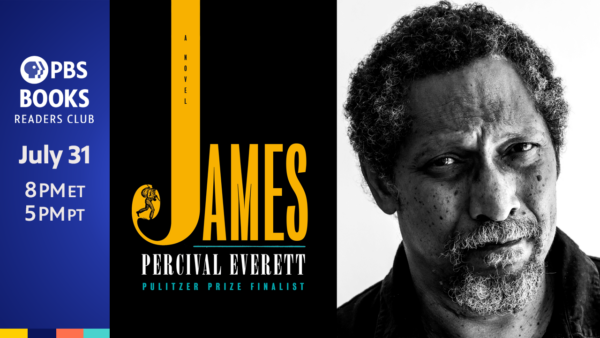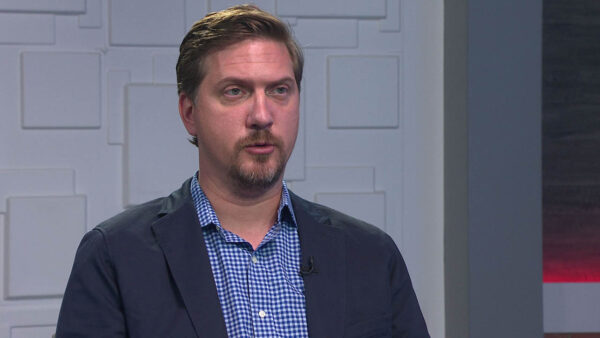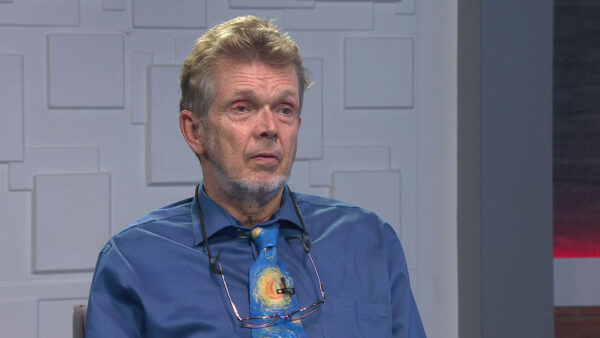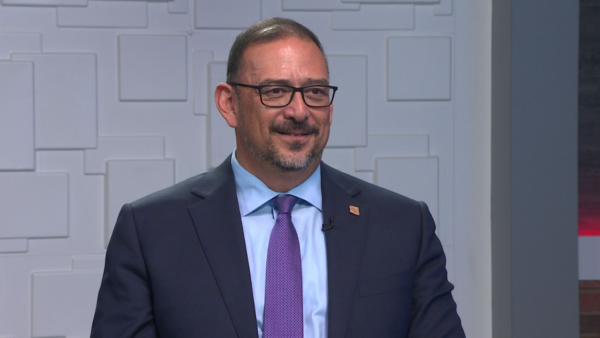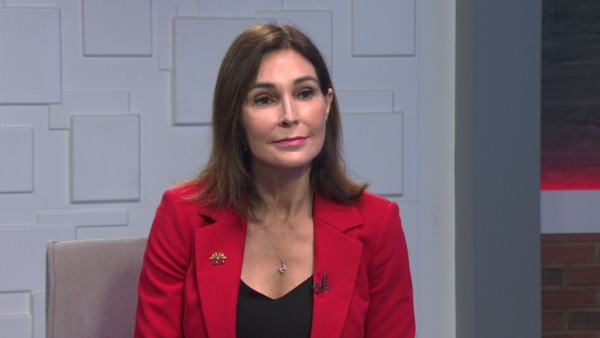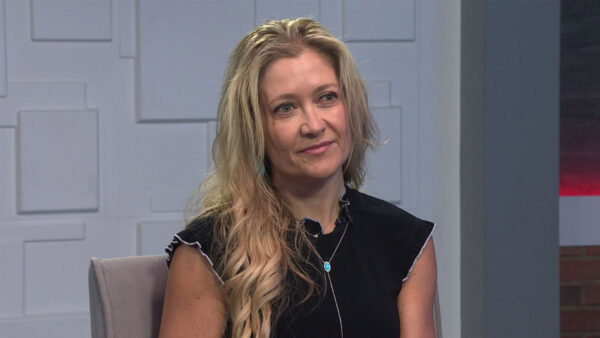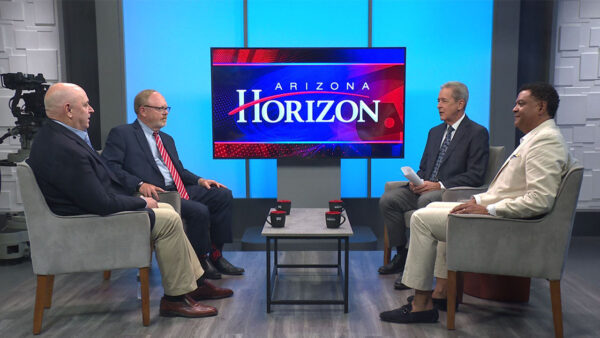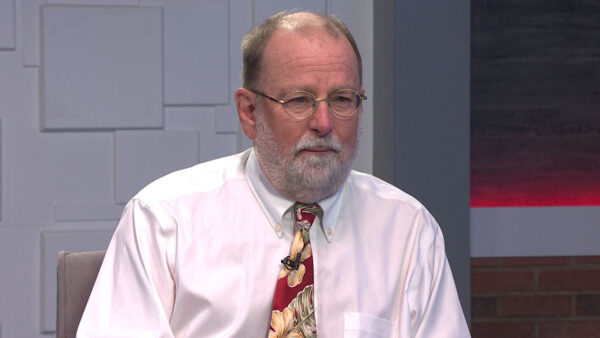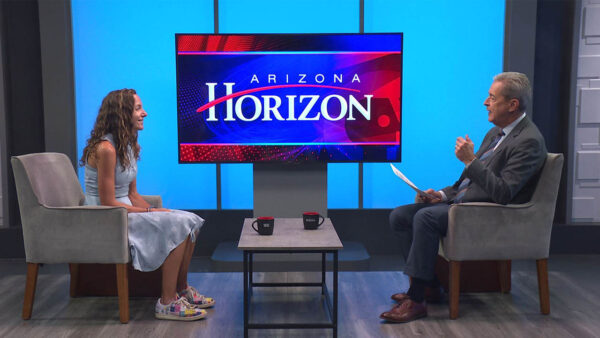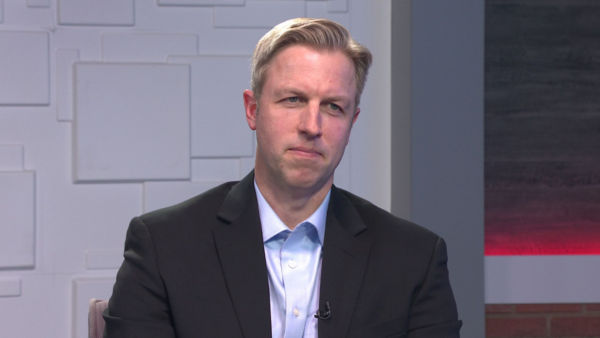Planet Hunters is an exhibit at the Arizona Science Center’s Dorrance Planetarium that shows you the technology and techniques used to discover new planets outside our solar system. Mike George, theaters director for the science center, will tell us more about the exhibit and how exoplanets are found.
NARRATOR: Beside highway 191 near Clifton is a memorial to the 1880's Arizona law and order. As now, the Clifton cliff jail is a two-room hole, blasted from solid rock. Fitted with iron bars, paid for by the owners of Clifton's first copper mine. Local tradition says that the jail's first unwilling guest was the local stone Mason hired to build it. When he finished the jail, the Mason decided to celebrate at Clifton's dance hall, where he downed snake head whiskey and shot up the place. The dance hall belonged to the deputy sheriff, who rewarded his patrons with a stay in his own creation. In 1906, a flash flood filled the ground level Bastille with water and mud, forcing the rescue of the prisoners by rote and the jail's closure. Today, it's dry. And visitors are welcomed to take an eerie step down and back into Arizona history.
TED SIMONS: Planet hunters is an exhibited at the Arizona science center's planetarium. That shows how new planets outside the solar system are discovered. Mike George joins us now. He's the senior manager of planetarium astro visualizations.
TED SIMONS: It's quite a title.
MIKE GEORGE: It's like 800 miles long.
TED SIMONS: Almost to the nearest store. What is planet hunters?
MIKE GEORGE: It is a show that we produced, took a year to produce. It takes a look at how astronomers find planet scoring on other stars. We found that we give a lot of live shows. Was he found a lot of people were asking hey, I heard about this new planet being discovered. But, they did not understand how astronomers went about finding them, so, with planet hunters, what we try to do is to explore some of the different techniques.
TED SIMONS: And as far as exo planets, that's what we're talking about.
MIKE GEORGE: Yes.
TED SIMONS: What is an exo planet?
MIKE GEORGE: It is, simply, a planet that goes around another star. It's not as nuanced as the definitions for the solar system, but it's just a planet goes around a different star.
TED SIMONS: And how are they discovered?
MIKE GEORGE: There is different techniques. There is lots of techniques. Astronomers use a lot of different types of telescopes from ground-based telescopes like the large binocular telescope on mount Graham here in Arizona to orbiting telescopes like the Hubble and the Kepler telescope. There is really quite a few techniques. Some of them are things where you pay attention to the wobbling of stars against the sky. Radial velocity, which found -- a lot of the first planets were radial velocity stars, a plant will tug on the star and it will move towards us and away from us as the planet tugs on it, so we are able to see that movement.
TED SIMONS: We're seeing one right no you where a planet is going in front of a star, that's another way to discover these things. All of a sudden, a star is not as bright as it once was.
MIKE GEORGE: From a far distance, finding an exo planet is not as simple as aiming a telescope and snapping a picture, so they rely on different techniques. The imagery you just saw of the planet passing in front of the star, is the transit method. Our technology is so advanced now, that even though that planet is light years away from us, very far from us, we can, we can notice a drip in the star's brightness, even though we don't see the planet, itself, we notice a definite brightness. We're able to figure out the planets there.
TED SIMONS: And now, you mentioned Kepler. It discovered an amazing planet, 452-b. This is the most Earth-like planet discovered?
MIKE GEORGE: Well, yes and no. It is the first Earth-like planet discovered going around a sun-like star. We have found about 12 planets in what's called habital zone. Found a few different Earth-like planets, but this is the first one that is similar to the size of the Earth. Also, similar -- going around the star similar to our sun.
TED SIMONS: And so, and it's located -- because it's as close as it is to a sun as near as ours, they call it a habital zone?
MIKE GEORGE: Right. And it depends on the stars to how close that zone is. Basically, it's the zone around the star where liquid water could possibly exist on a planet. And as we all know, we need liquid water for us here, especially in Arizona, but for life to exist here on this Earth. And so if you find a planet in that zone, then there is a possibility that it might have water and a possibility it might have life on it.
TED SIMONS: So 452-b, how far -- orbits every 385 days, am I correct? How far away is that?
MIKE GEORGE: It's 1400 light years. One light year is a distance the light travels in a year. About 6 trillion, trillion miles, so it's a long way from us. New horizons, which just flew past Pluto at 36,000 miles per hour. It took the boy 5 years to go -- 9.5 years. That's with the gravitational assists. If it were to continue on, to 452b, it would take 25 million years.
TED SIMONS: 25 million?
MIKE GEORGE: 25 million.
TED SIMONS: It seems so bittersweet to discover these Earth-like things and know that we -- how are we going to find out what's on them?
MIKE GEORGE: That, actually, is a good question, but to me, what's fascinating is that we are discovering them. When I was starting out in high school, there were no exo planets. It was -- I am dating myself, but there were no exo planets. There was -- it was the holy grail, one of the holy grails of astronomy, is to find those planets, going around other stars. The first ones that they found were planets going around a pulsar. Those are planets you shouldn't have there. And the supernova explosion should have destroyed those, but they are there. So, it has really kind of opened our eyes, as far as the planets, and then in the 1990s, we started to discover all of these other planets. It's just -- to me, it's an amazing thing that we can look, 1400 light years away. Find the planet, similar to the earth.
TED SIMONS: And very quickly, when you go to space hunters, you see the different ways these things are discovered?
Planet hunters.
TED SIMONS: I'm sorry, yes, so the different ways, the variety of ways that they are discovered?
MIKE GEORGE: Yeah, and so the show was in two parts. The recorded portion. We talk about the different techniques, and then in the live portion we talk about some of the great discoveries that have come down.
TED SIMONS: Very good. Congratulations on the show. Sounds like a lot of fun. Good have you here.
MIKE GEORGE: Thank you.
TED SIMONS: And that is it for now. I'm Ted Simons. Thank you so much for joining us. You have a great evening.
Arizona Horizon is made possible by contributions from the friends of eight, members of your Arizona PBS station. Thank you.
Mike George:Theaters director for the science center



